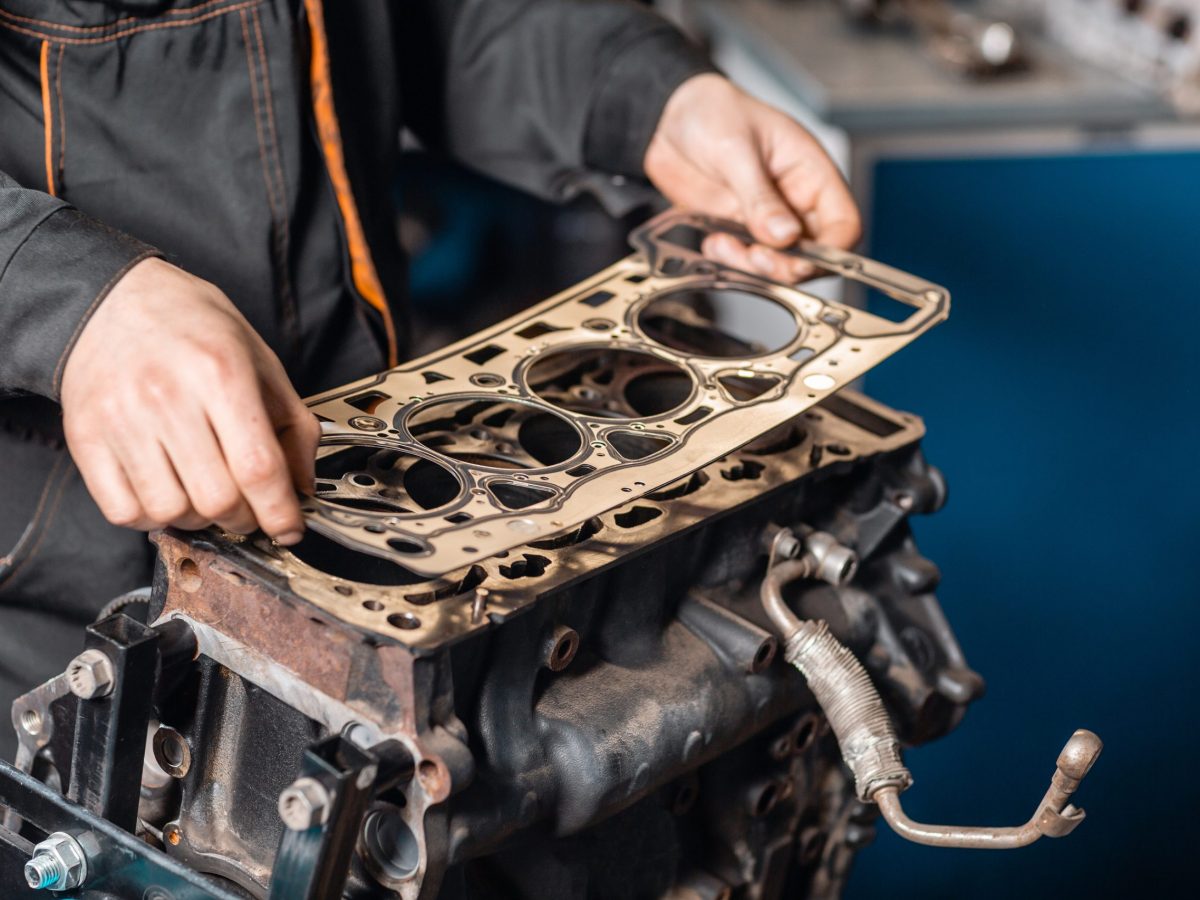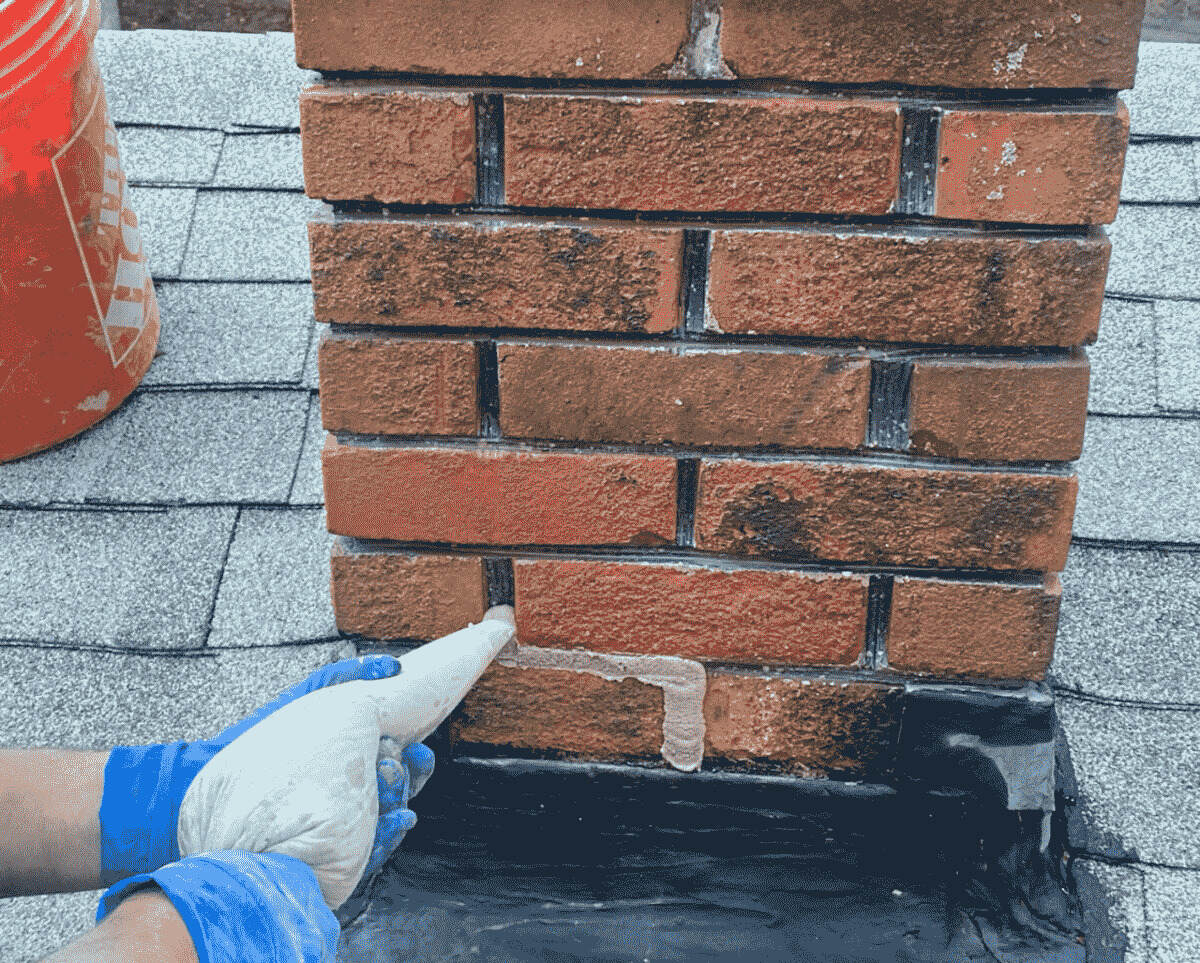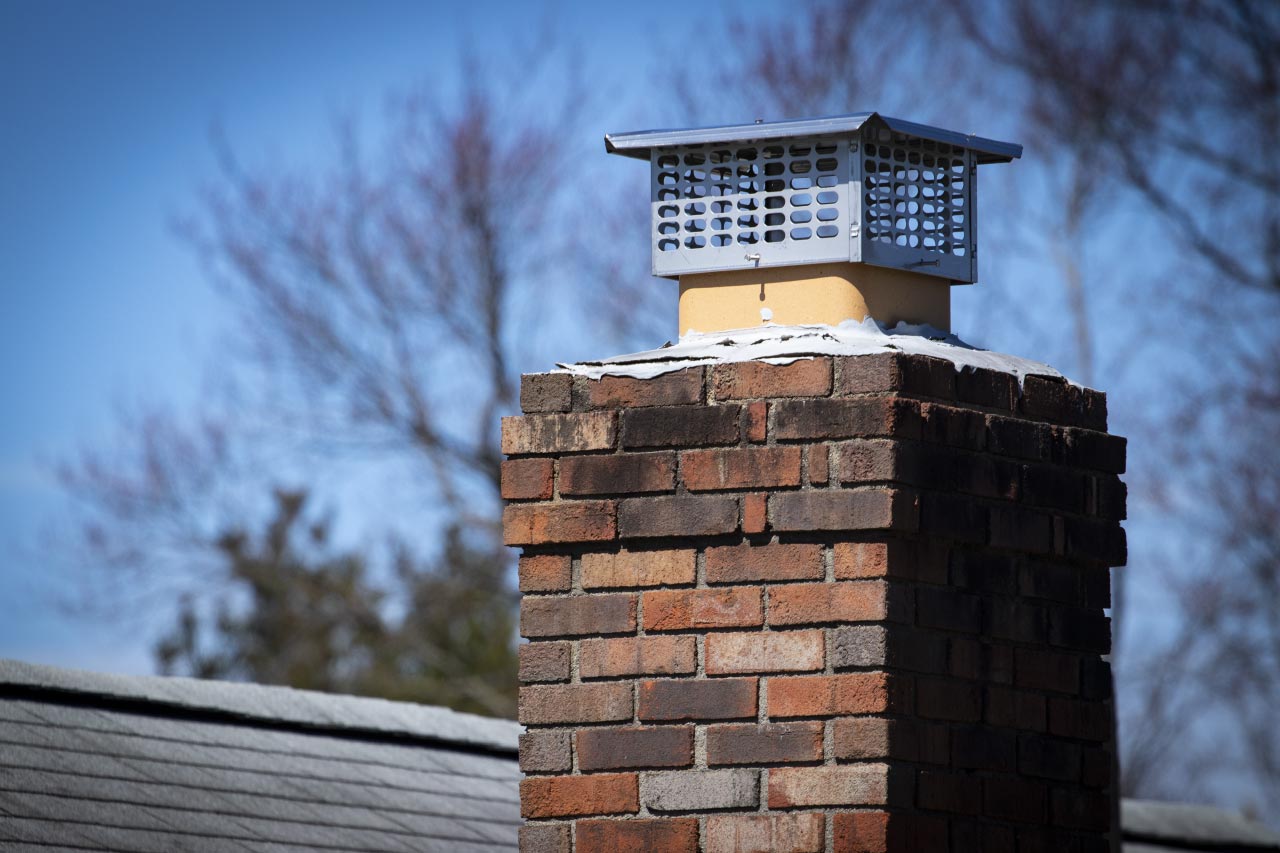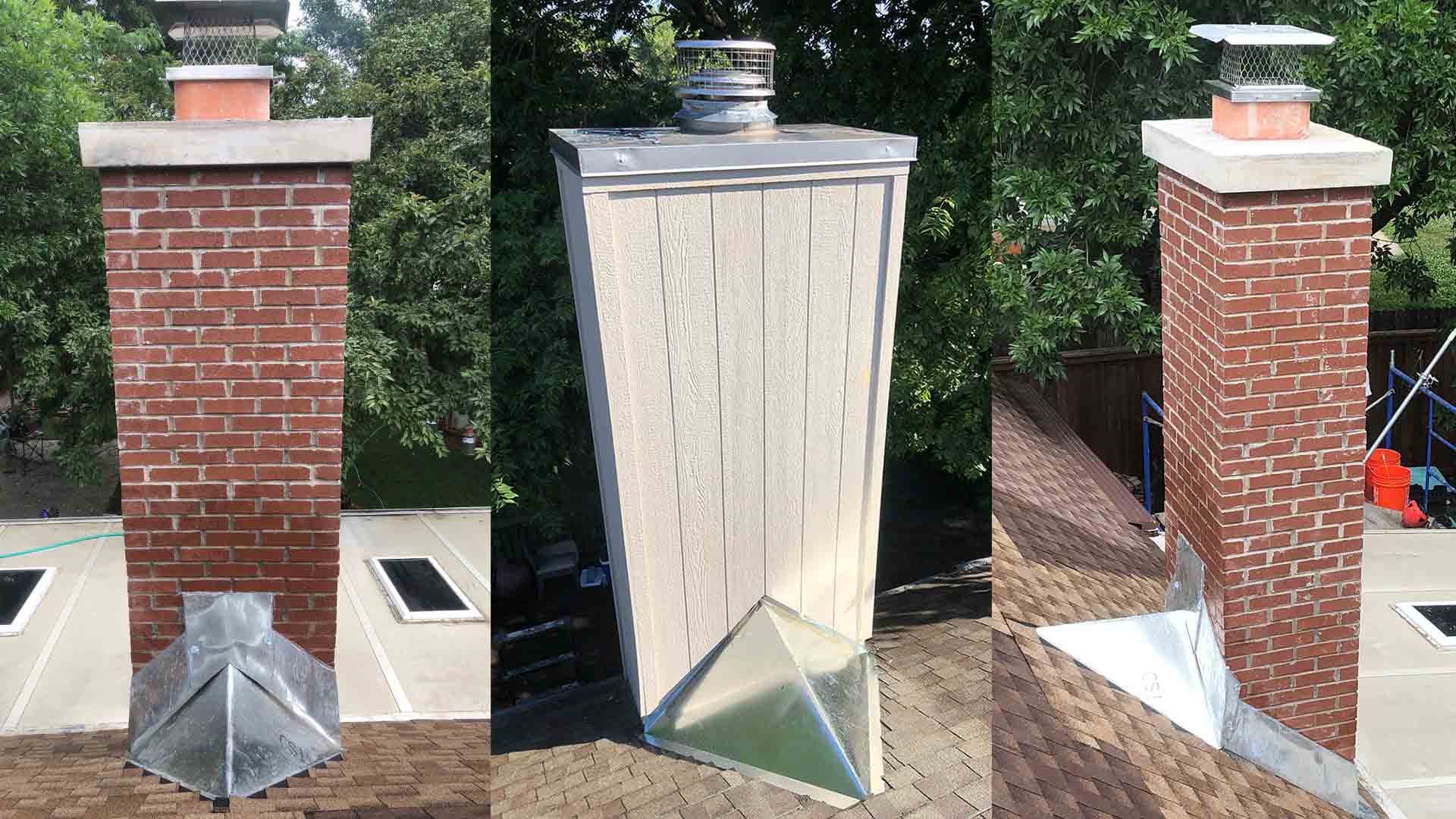Home>Home Maintenance>How Much Does Head Gasket Repair Cost


Home Maintenance
How Much Does Head Gasket Repair Cost
Modified: March 6, 2024
Discover the average cost of head gasket repair for your home maintenance needs. Get the best price and expert tips to save money on this essential repair.
(Many of the links in this article redirect to a specific reviewed product. Your purchase of these products through affiliate links helps to generate commission for Storables.com, at no extra cost. Learn more)
Introduction
When it comes to maintaining your home, certain repairs and maintenance tasks are inevitable. One common issue that homeowners may encounter is a blown head gasket. The head gasket is a crucial component in your engine, sealing the cylinders and preventing coolant and oil from mixing together.
Unfortunately, head gaskets can fail over time due to various factors. When this happens, it’s important to address the issue promptly to prevent further damage to your engine and to ensure the overall functionality of your vehicle.
In this article, we will explore the common causes of head gasket failure, discuss the symptoms of a blown head gasket, outline the diagnostic process for head gasket issues, and explore different head gasket repair options. Additionally, we will delve into the factors that can affect the cost of head gasket repair, provide an average cost range, and weigh the pros and cons of DIY versus professional repair.
So if you’ve noticed any signs of a blown head gasket or you’re simply curious about the cost and options for repair, keep reading to learn all you need to know.
Key Takeaways:
- Head gasket failure can lead to engine overheating, white smoke from the exhaust, and milky oil. Prompt action and regular maintenance can prevent costly repairs and keep your vehicle running smoothly.
- Repairing a blown head gasket can cost between $1,000 to $2,500 on average. While DIY repairs offer cost savings, professional mechanics provide expertise, quality parts, and warranty protection for a reliable fix.
Read more: How Much Does Valve Cover Gasket Repair Cost
Common Causes of Head Gasket Failure
The head gasket is subjected to extreme conditions within the engine, including high temperatures and pressure. Over time, this constant stress can lead to wear and tear, eventually causing the head gasket to fail. Understanding the common causes of head gasket failure can help you take preventive measures and avoid costly repairs in the future.
1. Overheating:
One of the primary causes of head gasket failure is engine overheating. When the engine gets too hot, it can cause the head gasket to warp or crack, leading to a leak. This can happen due to a variety of reasons, including coolant leaks, a malfunctioning thermostat, or a faulty radiator fan.
2. Cylinder Head Warping:
If the engine experiences prolonged periods of overheating, it can cause the cylinder head to warp. The uneven surfaces can cause the head gasket to lose its seal, leading to leakage.
3. Improper Installation:
If a head gasket is not properly installed during the engine assembly process, it can be prone to failure. Inadequate torque on the cylinder head bolts or using the wrong sealant can result in leaks.
4. Engine Misfires:
When an engine misfires, it can create high-pressure conditions in the cylinders. This sudden increase in pressure can cause the head gasket to fail, leading to a blown head gasket.
5. Coolant Contamination:
Contaminated coolant, such as oil or exhaust gases, can degrade the head gasket’s integrity over time. This contamination can occur due to a damaged cylinder head, a cracked engine block, or a faulty intake or exhaust manifold.
6. Age and Wear:
Eventually, the head gasket will deteriorate over time, especially in older vehicles with high mileage. Normal wear and tear can weaken the gasket, making it more susceptible to failure.
By understanding these common causes of head gasket failure, you can take steps to prevent them and potentially extend the lifespan of your head gasket. Regular maintenance, such as coolant flushes, checking for coolant leaks, and addressing engine overheating promptly, can go a long way in preventing costly head gasket repairs.
Symptoms of a Blown Head Gasket
A blown head gasket can lead to various engine issues and should be addressed promptly to prevent further damage. Recognizing the symptoms of a blown head gasket can help you identify the problem early on and take appropriate action. Here are some common signs to look out for:
1. Engine Overheating:
If your engine consistently runs hot or frequently overheats, it could be a sign of a blown head gasket. The loss of seal between the cylinder head and engine block can cause coolant and combustion gases to mix, leading to inefficient cooling and overheating.
2. White Smoke from the Exhaust:
If you notice thick, white smoke coming from your exhaust pipe, it may indicate a blown head gasket. This is caused by coolant leaking into the combustion chamber and being burned along with the fuel, producing the white smoke.
3. Milky Oil:
Another sign of a blown head gasket is oil that appears milky or has a frothy texture. Coolant can mix with engine oil through the damaged gasket, resulting in the milky appearance. Check your oil dipstick or oil filler cap for any signs of coolant contamination.
4. Loss of Coolant:
If you find that your coolant level is consistently decreasing without any visible leaks, it could be due to a blown head gasket. The coolant is being lost through the damaged gasket and is not being circulated properly within the cooling system.
5. Sweet Smell from the Exhaust:
A sweet smell coming from the exhaust can indicate a coolant leak caused by a blown head gasket. This smell is the result of coolant being burned along with the fuel in the combustion chamber.
6. Engine Misfires:
A blown head gasket can affect the performance of your engine, leading to misfires. Misfires can be felt as a loss of power, rough idling, or a noticeable decrease in acceleration.
7. Coolant Leaks:
If you notice coolant leaks around the engine, it could be a sign of a blown head gasket. Inspect for any puddles or drips of coolant under your vehicle or around the engine compartment.
It’s important to note that while these symptoms are commonly associated with a blown head gasket, they can also indicate other issues with your engine. If you notice any of these signs, it is advisable to have your vehicle inspected by a qualified mechanic who can accurately diagnose the problem and recommend the necessary repairs.
Diagnostic Process for Head Gasket Issues
Diagnosing a head gasket issue requires a thorough examination of the engine and its components. A qualified mechanic will follow a specific process to identify the presence of a blown head gasket and determine the extent of the damage. Here’s an overview of the typical diagnostic process for head gasket issues:
1. Visual Inspection:
The mechanic will start by conducting a visual inspection of the engine and surrounding components. They will look for signs of coolant leaks, oil contamination, and any visual damage to the head gasket or cylinder head.
2. Compression Test:
A compression test is performed to assess the integrity of the combustion chamber. By measuring the compression within each cylinder, the mechanic can determine if there is a loss of compression due to a blown head gasket.
3. Cylinder Leak-Down Test:
This test is more accurate in identifying a blown head gasket. It involves pressurizing each cylinder with air and measuring the amount of air leakage. Excessive air leakage indicates a compromised head gasket.
4. Coolant System Pressure Test:
To detect any coolant leaks, a pressure test is conducted on the cooling system. By pressurizing the system and monitoring for any loss of pressure, the mechanic can identify potential leaks caused by a blown head gasket.
5. Combustion Gases Test:
This test involves analyzing the gases present in the coolant for signs of combustion gases. A blown head gasket allows the mixture of coolant and combustion gases, which can be detected using a specialized tool.
6. Inspection of Spark Plugs:
The condition of the spark plugs can provide useful information about the health of the engine. A mechanic will examine the spark plugs for signs of coolant or oil contamination, which may indicate a blown head gasket.
Based on the results of these diagnostic tests, the mechanic will be able to confirm the presence of a blown head gasket and assess the severity of the damage. This information will guide them in determining the appropriate repairs and the most effective solution for your specific situation.
It’s important to trust a qualified mechanic with the diagnostic process for head gasket issues, as they have the knowledge and experience to accurately interpret the test results and provide you with the best course of action to address the problem.
Head Gasket Repair Options
When it comes to repairing a blown head gasket, there are several options available. The choice of repair method depends on the extent of the damage, the type of vehicle, and your budget. Here are some common head gasket repair options:
1. Engine Block Sealant:
For minor head gasket leaks, an engine block sealant can be used as a temporary fix. This sealant is designed to seal small cracks and gaps in the head gasket and prevent further leakage. However, it is important to note that this is not a permanent solution and may not be effective for severe or long-term damage.
2. Replacement of Head Gasket:
In many cases, the most effective and long-lasting solution for a blown head gasket is to replace it entirely. This involves removing the cylinder head, cleaning the mating surfaces, and installing a new head gasket. This repair option provides a reliable fix and ensures the proper functioning of the engine.
3. Engine Overhaul:
In more severe cases, where the head gasket failure has caused significant damage to the engine or other internal components, an engine overhaul may be necessary. This involves disassembling the entire engine, inspecting all components, and replacing any damaged parts. While this repair option can be more expensive and time-consuming, it ensures a comprehensive repair and can prolong the lifespan of the engine.
4. Engine Replacement:
In extreme cases where the damage is extensive or the cost of repairing the engine outweighs its value, replacing the entire engine may be the best option. This involves removing the old engine and installing a rebuilt or new engine. While this option can be costly, it provides a fresh start and a reliable engine.
It is important to consult with a qualified mechanic to assess the extent of the head gasket damage and determine the most appropriate repair option for your specific situation. They will consider factors such as the age and condition of the vehicle, the severity of the damage, and your budget in recommending the best course of action.
Remember that delaying or ignoring a blown head gasket can result in further engine damage and more expensive repairs in the long run. It’s better to address the issue promptly and choose a repair option that will restore the performance and reliability of your vehicle.
The cost of head gasket repair can vary depending on the make and model of the car, but on average, it can range from $1,000 to $2,000. It’s important to get multiple quotes from reputable mechanics before making a decision.
Read more: How Much Does Chimney Inspection Cost
Factors that Affect Head Gasket Repair Cost
The cost of repairing a blown head gasket can vary depending on several factors. Understanding these factors can help you anticipate the potential expenses involved. Here are some key factors that can affect the head gasket repair cost:
1. Vehicle Make and Model:
The make and model of your vehicle can significantly impact the cost of head gasket repair. Some vehicles have more complex engines or require specialized parts, which can increase the overall repair cost.
2. Severity of Damage:
The extent of the head gasket damage will directly affect the repair cost. Minor leaks or damage may be resolved with a simple head gasket replacement, while more severe damage may require additional repairs or even an engine overhaul.
3. Engine Type:
The type of engine in your vehicle can also affect the repair cost. For example, repairing a head gasket in a V6 or V8 engine may be more expensive than in a smaller four-cylinder engine due to the complexity and time required for the repair.
4. Access to the Head Gasket:
Some vehicles have engines that are more difficult to access, requiring more labor time and effort to reach the head gasket. This can contribute to higher repair costs.
5. Location:
The geographical location can have an impact on the cost of head gasket repair. Labor rates can vary from one area to another, affecting the overall cost of the repair.
6. Parts and Materials:
The quality and brand of the head gasket and other parts used during the repair can influence the cost. Higher-quality parts may be more expensive but can provide better durability and performance.
7. Additional Repairs:
In some cases, a blown head gasket may cause damage to other engine components, such as the cylinder head or engine block. If additional repairs or replacements are required, it will increase the overall cost of the repair.
It’s important to consult with a qualified mechanic to assess the specific factors affecting the head gasket repair cost for your vehicle. They can provide you with an accurate estimate based on these factors and help you understand the breakdown of the expenses involved.
Keep in mind that while cost is an important consideration, it’s crucial to prioritize the quality of the repair and the long-term reliability of your vehicle. Choosing a reputable mechanic who uses high-quality parts and offers warranties can help ensure a successful and lasting head gasket repair.
Average Cost of Head Gasket Repair
The cost of head gasket repair can vary widely depending on the factors mentioned earlier. It’s essential to understand that the cost includes both labor and parts. While it’s challenging to provide an exact figure without knowing the specific details of your situation, we can provide a general average range for head gasket repair costs.
On average, head gasket repair costs can range from $1,000 to $2,500. However, it’s important to note that the actual cost may be higher or lower depending on the factors unique to your vehicle and the complexity of the repair needed.
In some cases, a simple head gasket replacement on a four-cylinder engine with minimal damage may fall on the lower end of the cost range, while more extensive repairs, such as an engine overhaul or replacing damaged components, may fall on the higher end of the range.
It’s worth mentioning that this average cost includes both parts and labor, as the head gasket itself is relatively inexpensive compared to the labor required to access and replace it. The cost breakdown will typically include the cost of the head gasket, any additional parts required, and the hours of labor involved in the repair.
To get an accurate estimate for your specific situation, it’s best to consult with a qualified mechanic who can assess the severity of the damage and provide you with a more precise cost estimate.
Keep in mind that while cost is a crucial factor, it’s also essential to prioritize the quality of the repair. Choosing a reputable mechanic with experience in head gasket repairs and using high-quality parts can help ensure a successful and long-lasting repair, saving you from further expenses down the line.
Additionally, it’s beneficial to inquire about any warranties offered for the repair to provide you with peace of mind and an added level of protection.
Remember, mitigating head gasket issues promptly can help prevent further damage to your engine and ultimately save you money in the long run. Regular maintenance, such as monitoring coolant levels, addressing overheating issues promptly, and scheduling routine inspections, can help identify and address head gasket issues before they become more severe.
DIY vs. Professional Head Gasket Repair
When faced with a blown head gasket, one might consider whether to attempt a DIY repair or seek the services of a professional mechanic. Both options have their pros and cons, and it’s essential to weigh them carefully before making a decision.
DIY Head Gasket Repair:
- Cost Savings: One of the primary reasons people opt for a DIY repair is to save money. By eliminating the labor costs associated with hiring a professional, you may be able to cut down on the overall expenses.
- Learning Opportunity: Taking on a head gasket repair as a DIY project can provide a valuable learning experience, allowing you to gain knowledge about your vehicle’s engine and develop new skills.
- Flexibility: DIY repairs offer flexibility in terms of scheduling and the ability to work at your own pace. You can choose when and where to conduct the repairs, providing a high level of convenience.
However, attempting a head gasket repair as a DIY project also comes with its challenges:
- Technical Complexity: Head gasket repairs can be complex and require specialized tools and knowledge. If you’re not confident in your mechanical skills or lack experience, you may risk improper repairs or causing further damage to the engine.
- Time-Consuming: DIY repairs can be time-consuming, especially for individuals who are not well-versed in automotive repairs. It may take longer to complete the repair, which can be inconvenient if you rely on your vehicle for daily transportation.
- Limited Warranty: DIY repairs may not come with a warranty, leaving you responsible for any future issues that may arise. This can potentially lead to additional expenses if the repair is not successful.
Professional Head Gasket Repair:
- Expertise and Experience: Professional mechanics have the knowledge, training, and experience to properly diagnose and repair head gasket issues. They can ensure that the repair is done correctly, minimizing the risk of further complications.
- Quality Parts and Equipment: Professionals have access to high-quality parts and the proper tools required for the repair. This ensures that your vehicle receives the best components, and the job is completed using the appropriate equipment.
- Time-Saving: By entrusting the repair to a professional, you can save valuable time, as experienced mechanics have the efficiency and expertise to complete the job in a timely manner.
- Warranty Protection: Reputable repair shops often provide warranties for their work. In the event of any issues or recurrent problems, you can rely on the warranty to cover necessary repairs, providing peace of mind.
The decision between DIY and professional head gasket repair ultimately depends on your comfort level, experience, and the complexity of the repair needed. If you have limited knowledge or experience, or if your vehicle requires extensive repairs, it’s generally recommended to seek the services of a professional mechanic to ensure a proper and reliable fix.
While DIY repairs can save you money upfront, it’s crucial to consider the potential risks and costs associated with improper repairs or further damage to the engine. If you choose to pursue a DIY repair, be sure to thoroughly research the process, follow reliable guides, and take necessary safety precautions.
When in doubt, consulting with a professional mechanic can help you make an informed decision and provide guidance on the best course of action for your specific situation.
Conclusion
Dealing with a blown head gasket can be a stressful and costly experience for homeowners. However, by understanding the common causes of head gasket failure, recognizing the symptoms, and knowing the available repair options, you can effectively address the issue and ensure the longevity of your engine.
It is crucial to prioritize prompt action when you suspect a blown head gasket, as delaying repairs can lead to further damage and increased costs down the line. Whether you choose a DIY approach or prefer the expertise of a professional mechanic, it’s essential to weigh the pros and cons carefully.
DIY repairs may offer cost savings and a valuable learning experience, but they require adequate skills, tools, and knowledge. On the other hand, professional repairs provide expertise, access to high-quality parts, warranty protection, and potentially time savings in the long run.
Factors such as the severity of the damage, the vehicle’s make and model, and your budget will influence the head gasket repair cost. However, it’s advisable to prioritize the quality of the repair over cost alone, ensuring a long-lasting solution and preventing future issues.
In the end, the most important thing is to address head gasket issues promptly and choose a repair option that best suits your needs, budget, and level of expertise. Regular maintenance, such as monitoring engine temperatures, checking for coolant leaks, and scheduling routine inspections, can help prevent head gasket failure and keep your engine running smoothly.
If you’re unsure about the best course of action, it’s always wise to consult with a professional mechanic who can assess the damage, provide an accurate cost estimate, and guide you through the repair process.
By staying proactive and taking care of your engine, you can ensure the continued functionality and reliability of your vehicle for years to come. Remember, a properly maintained head gasket can help keep your home running smoothly and efficiently.
Frequently Asked Questions about How Much Does Head Gasket Repair Cost
Was this page helpful?
At Storables.com, we guarantee accurate and reliable information. Our content, validated by Expert Board Contributors, is crafted following stringent Editorial Policies. We're committed to providing you with well-researched, expert-backed insights for all your informational needs.














